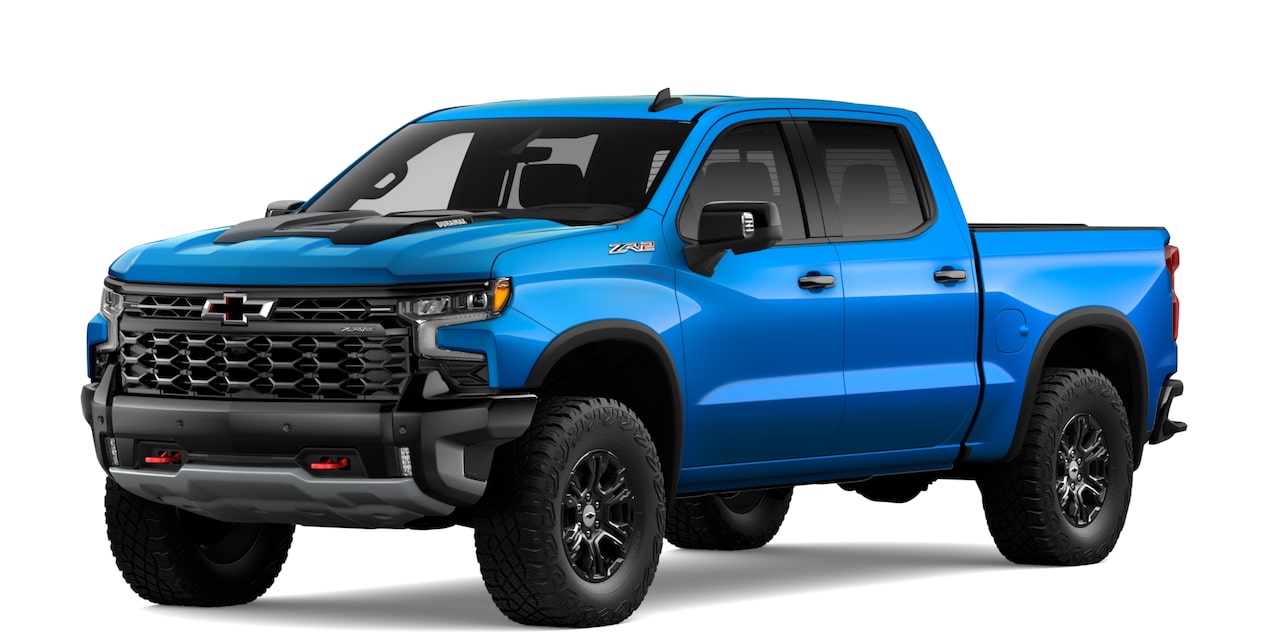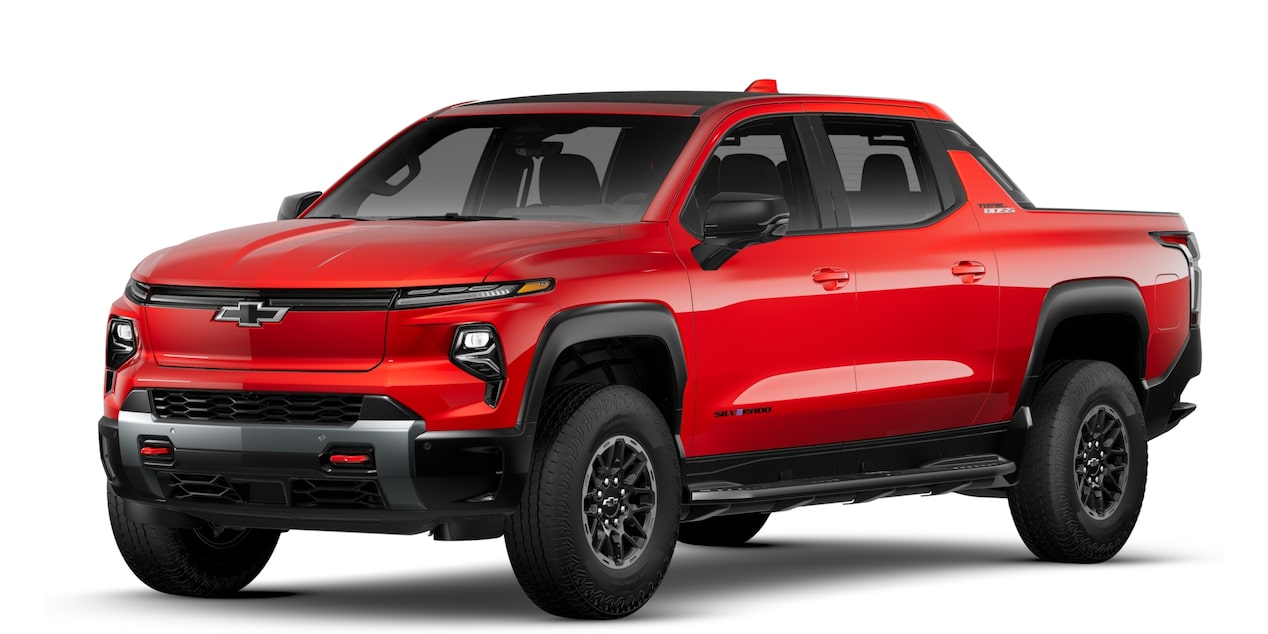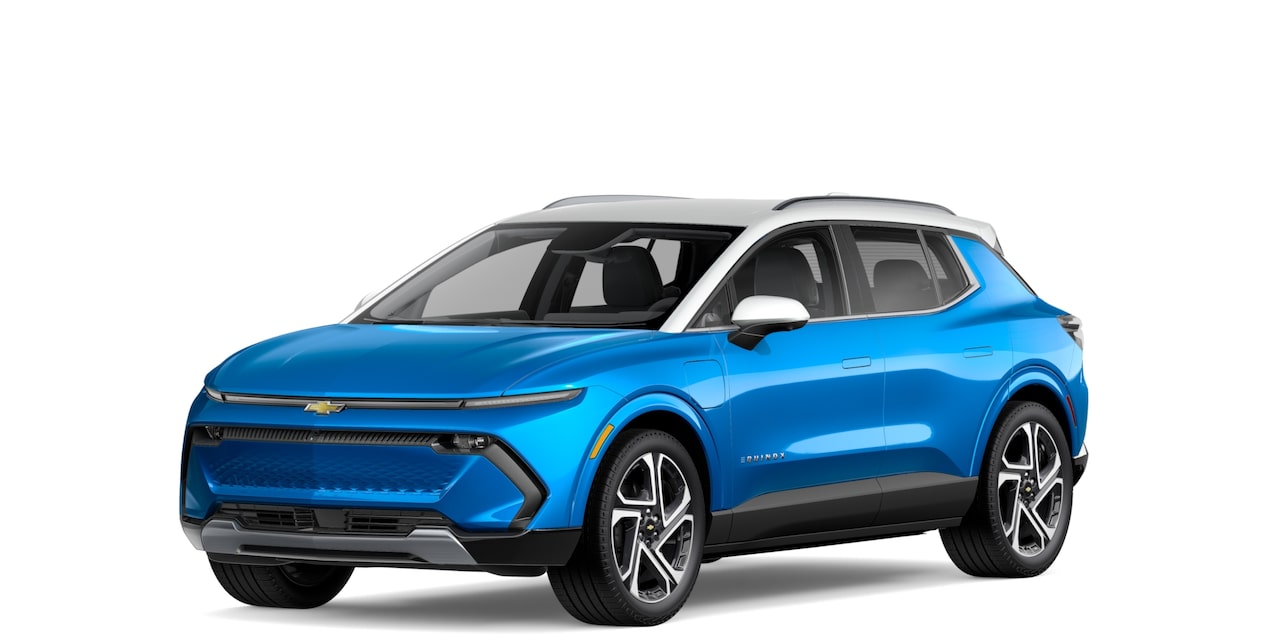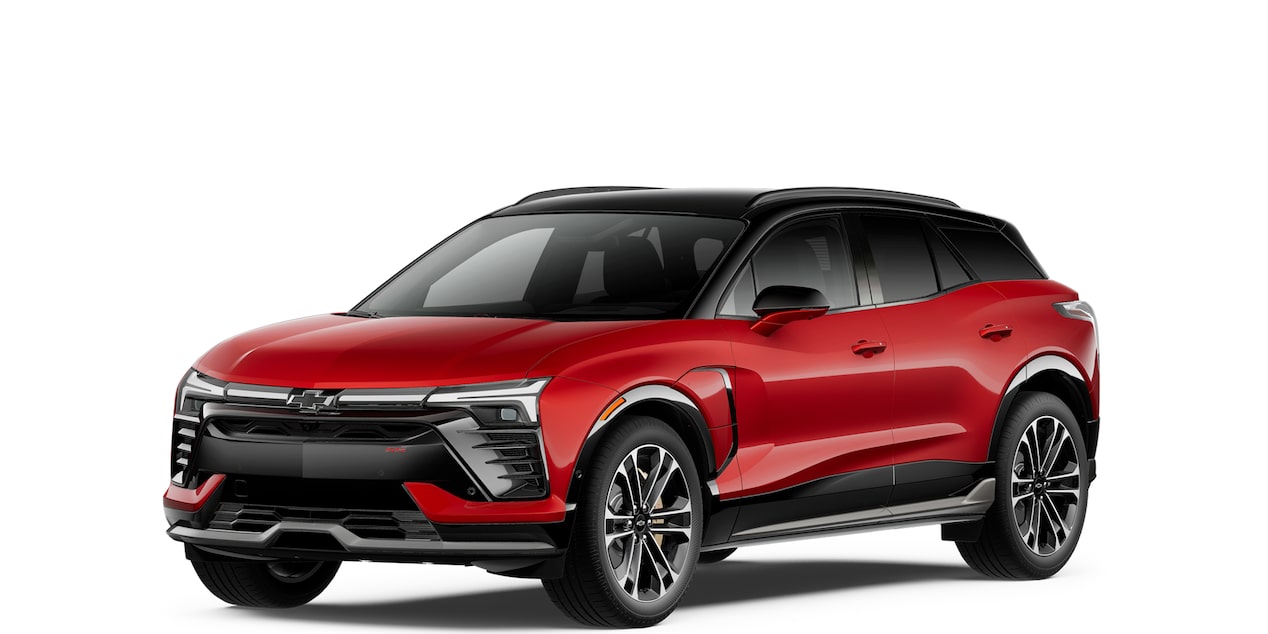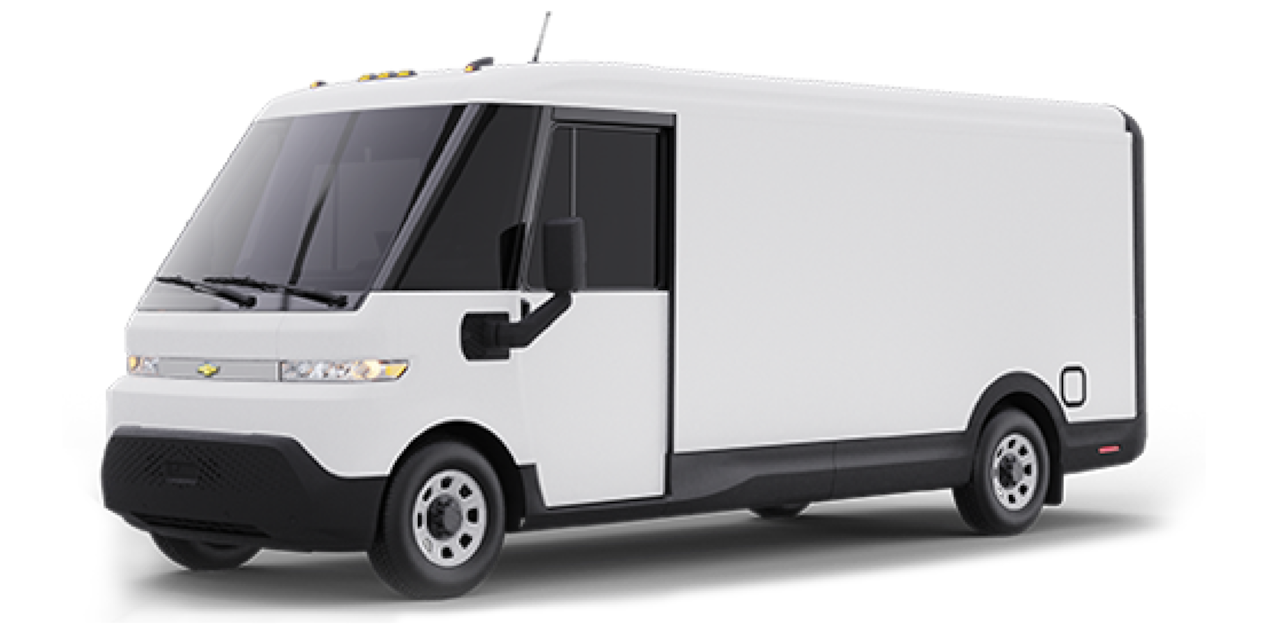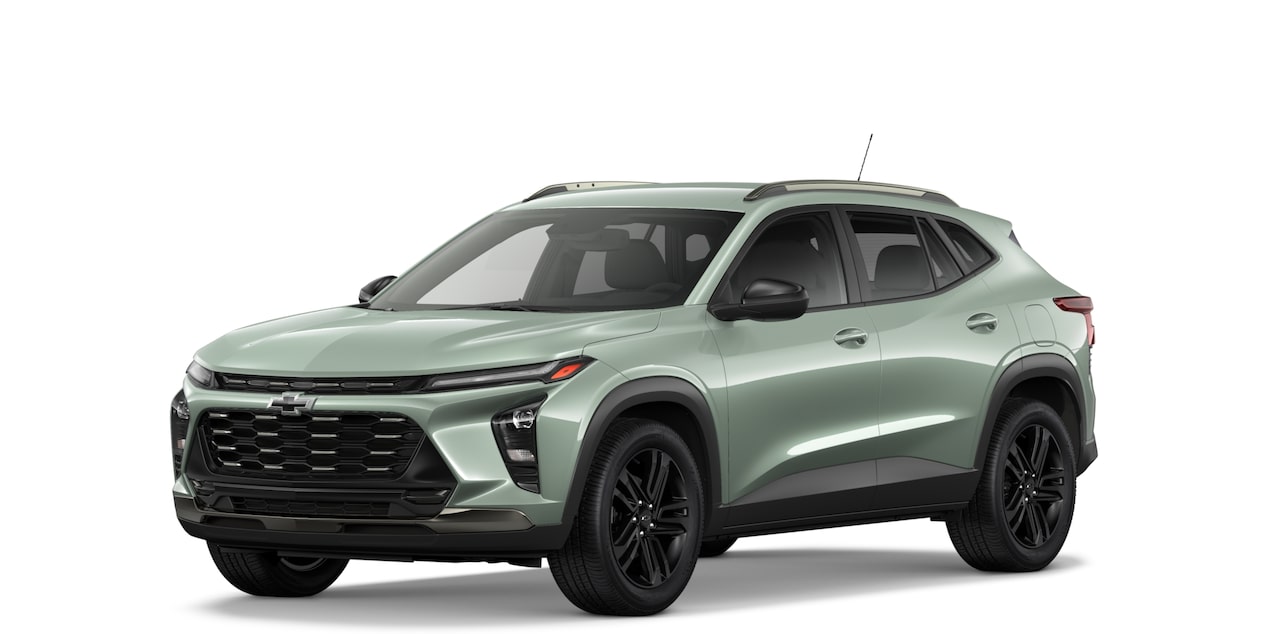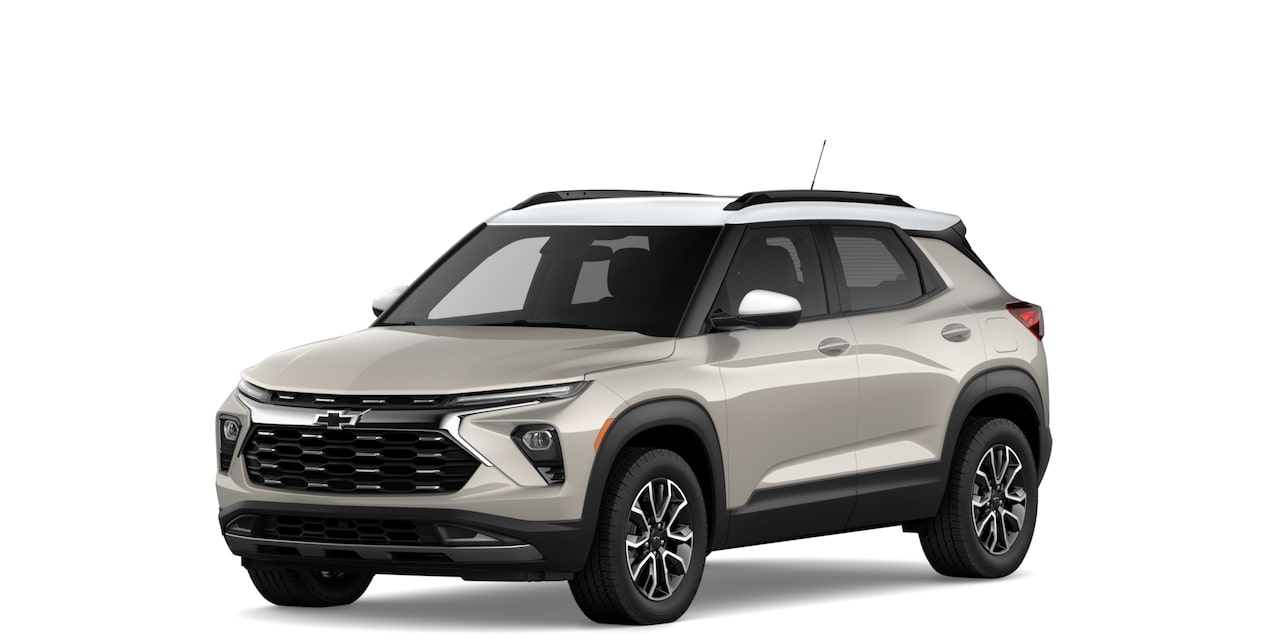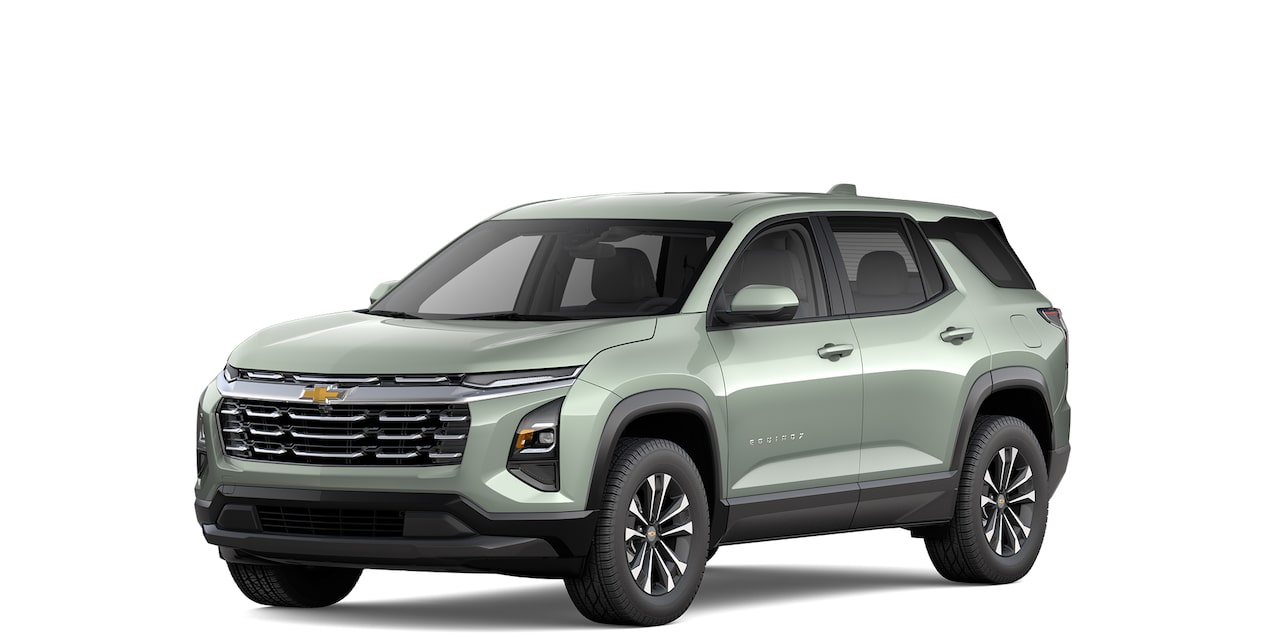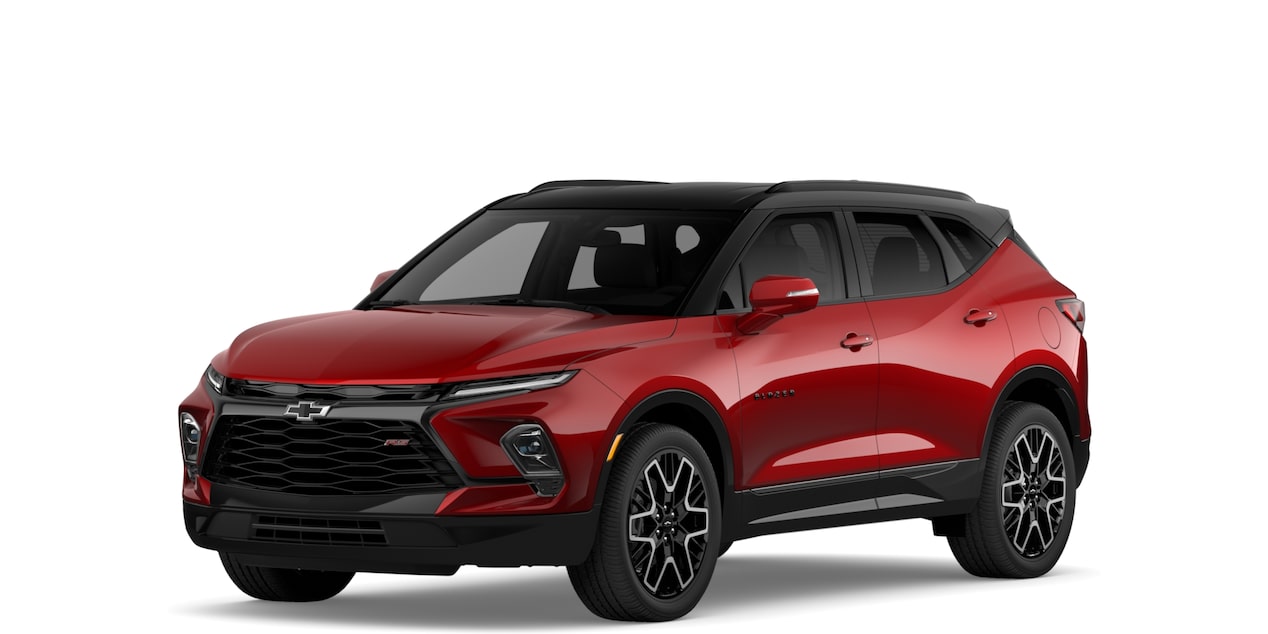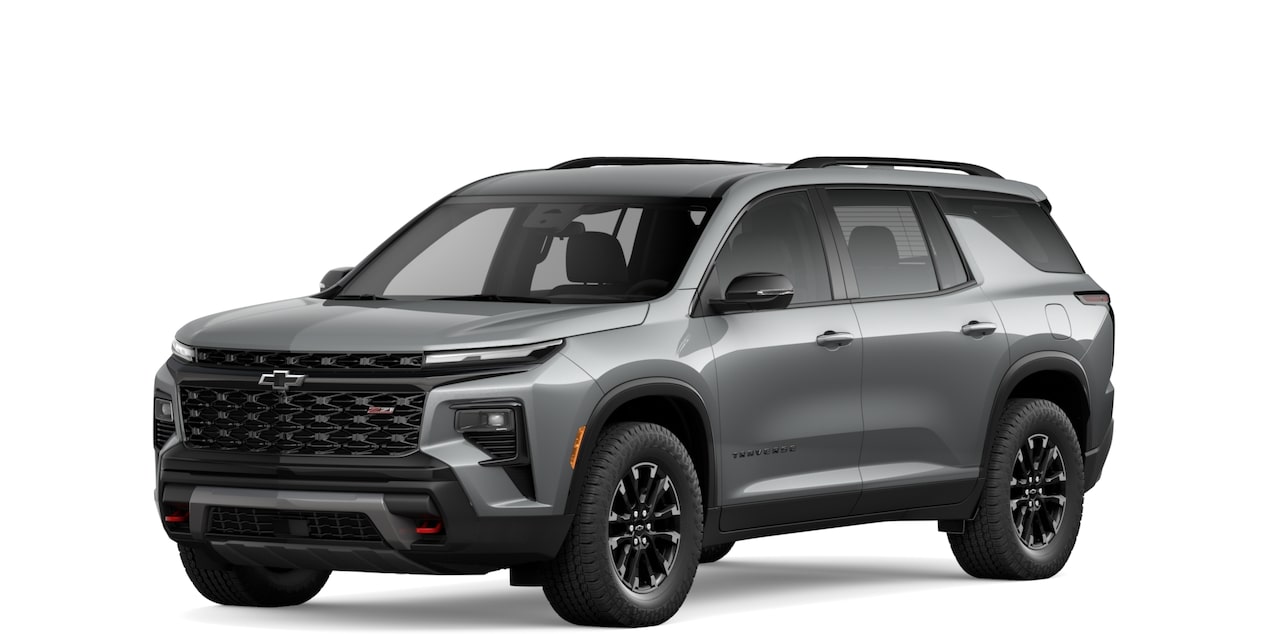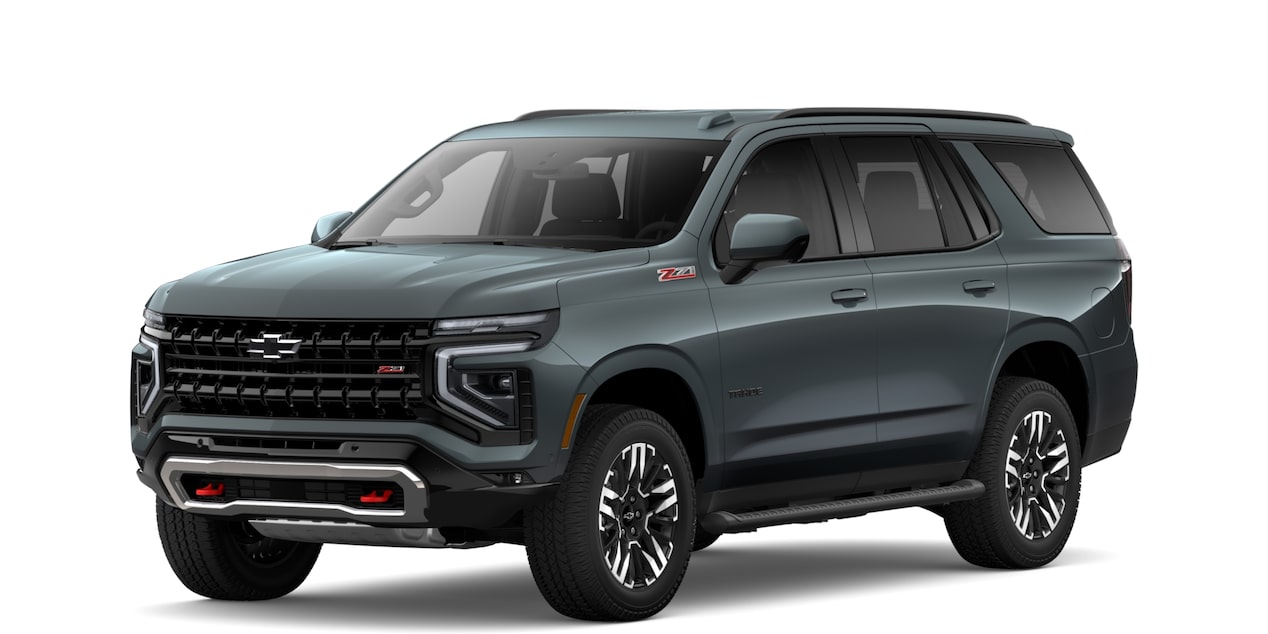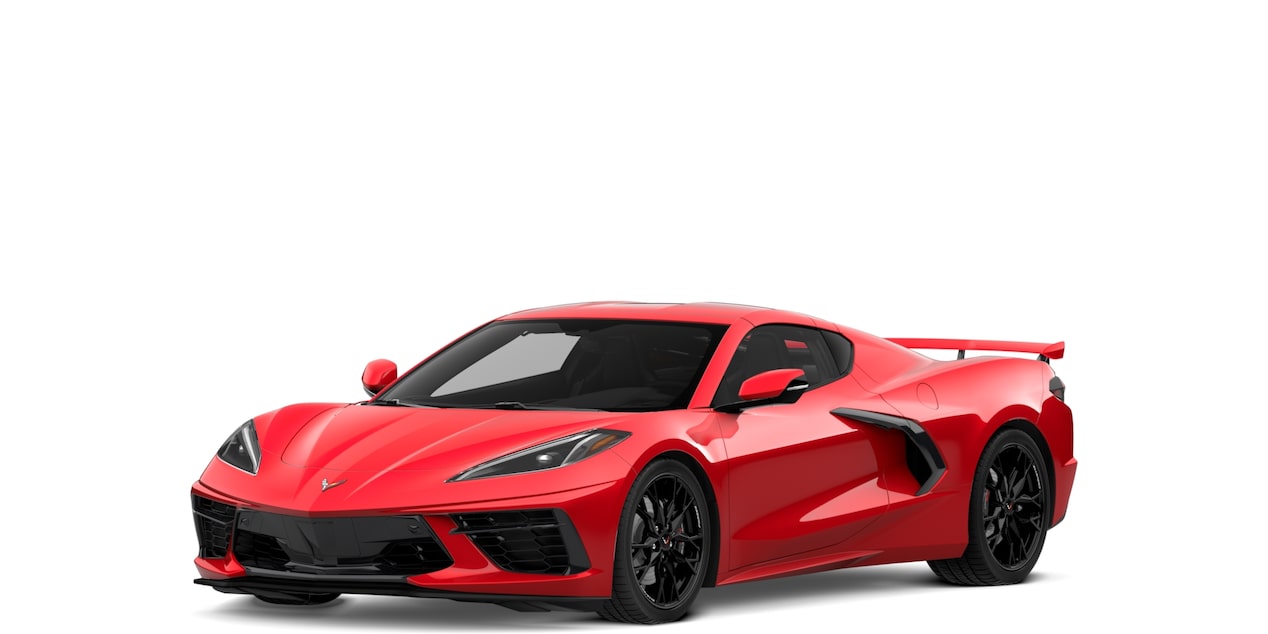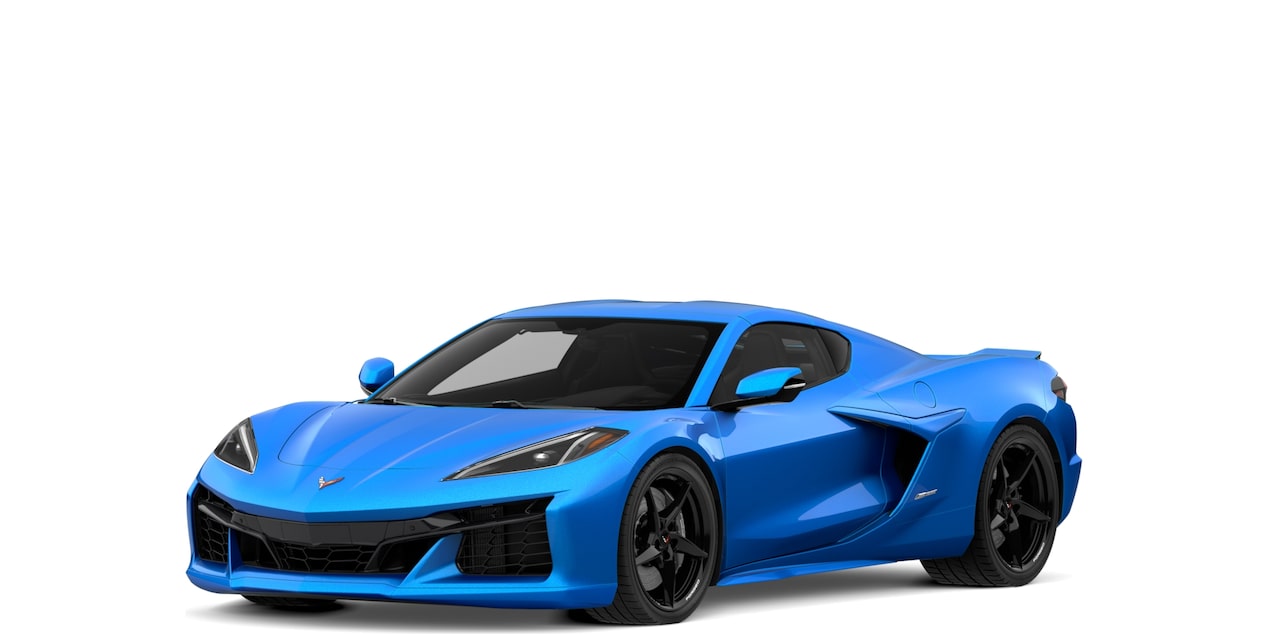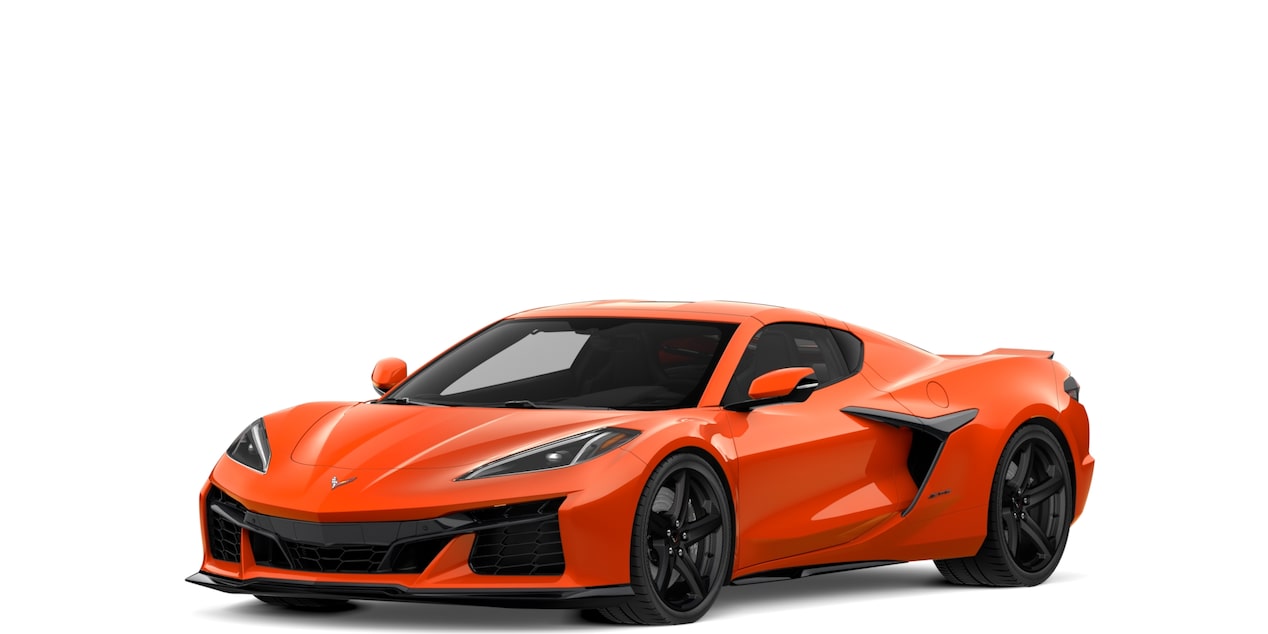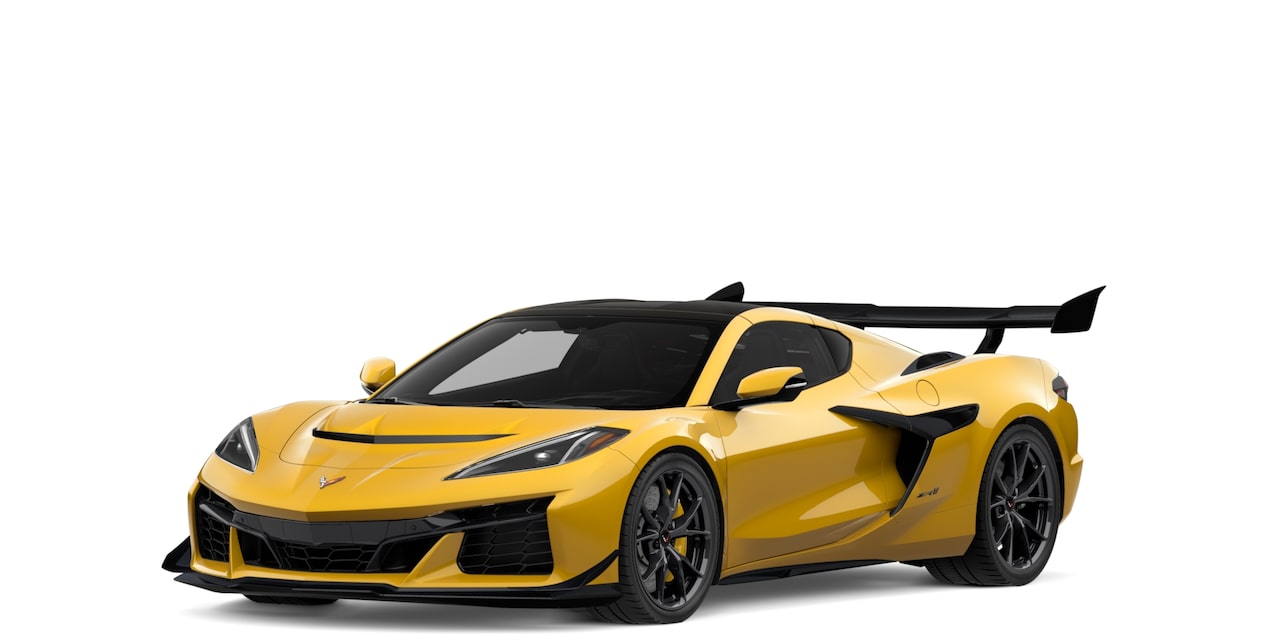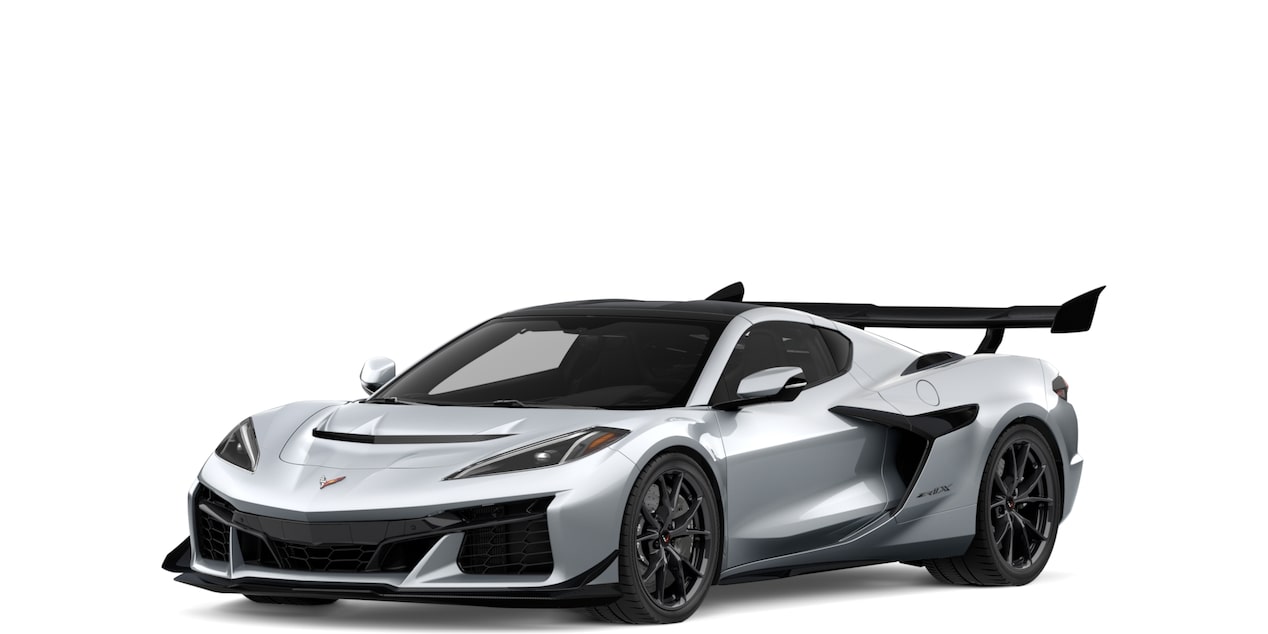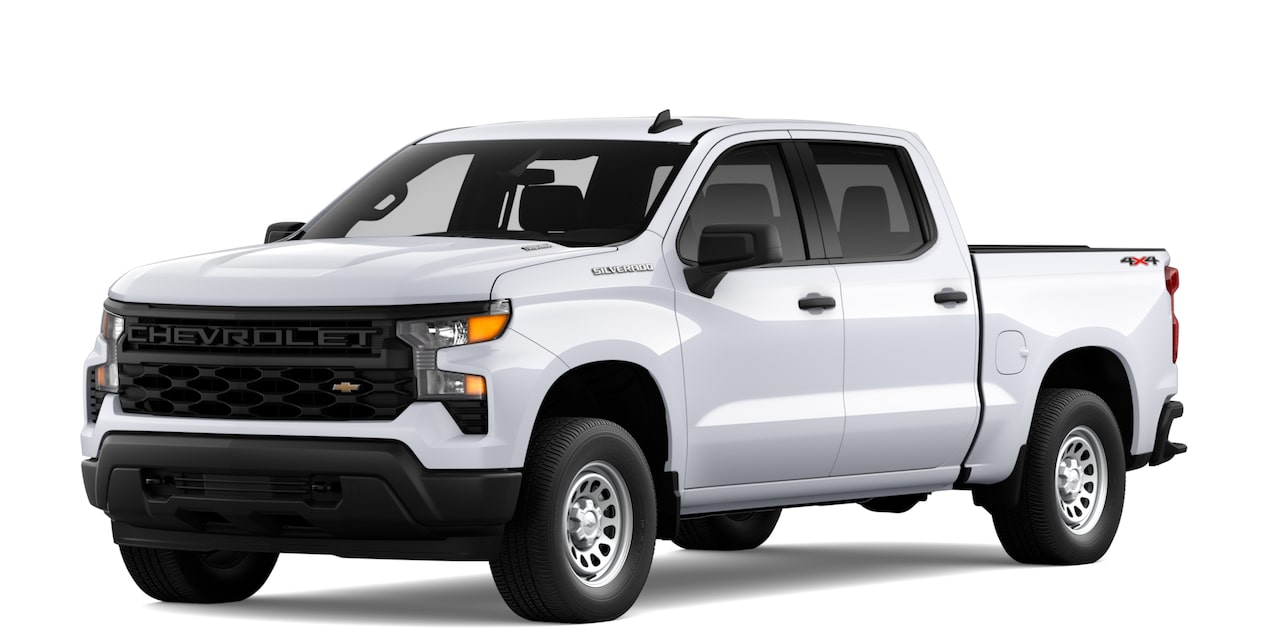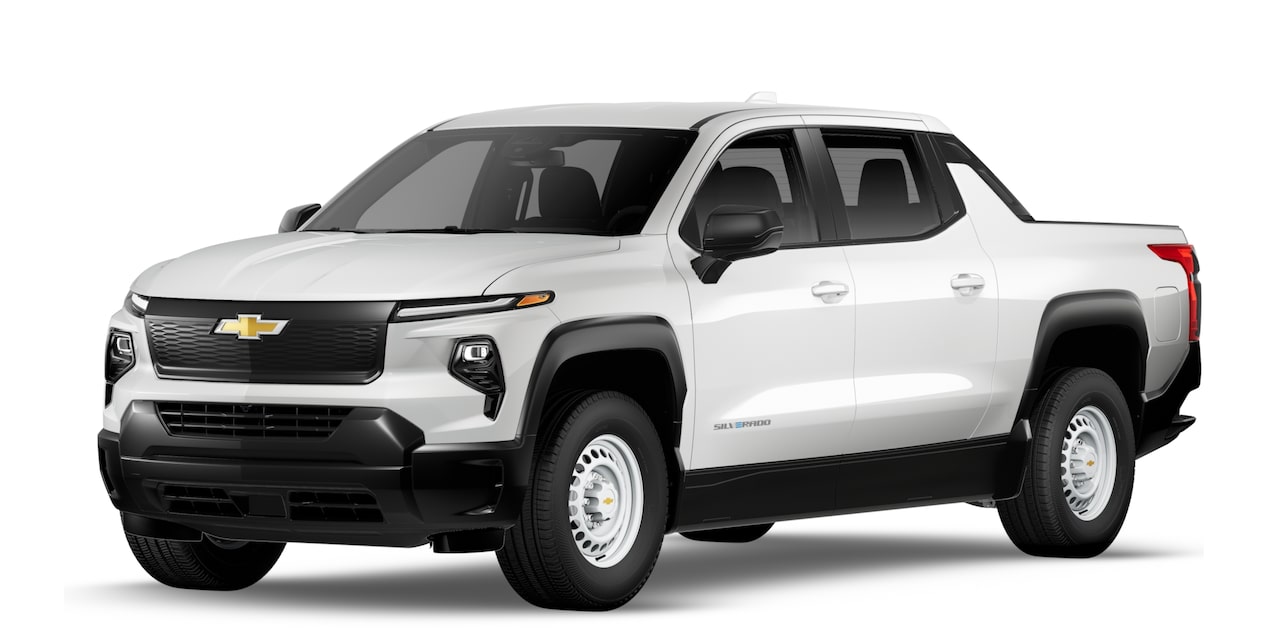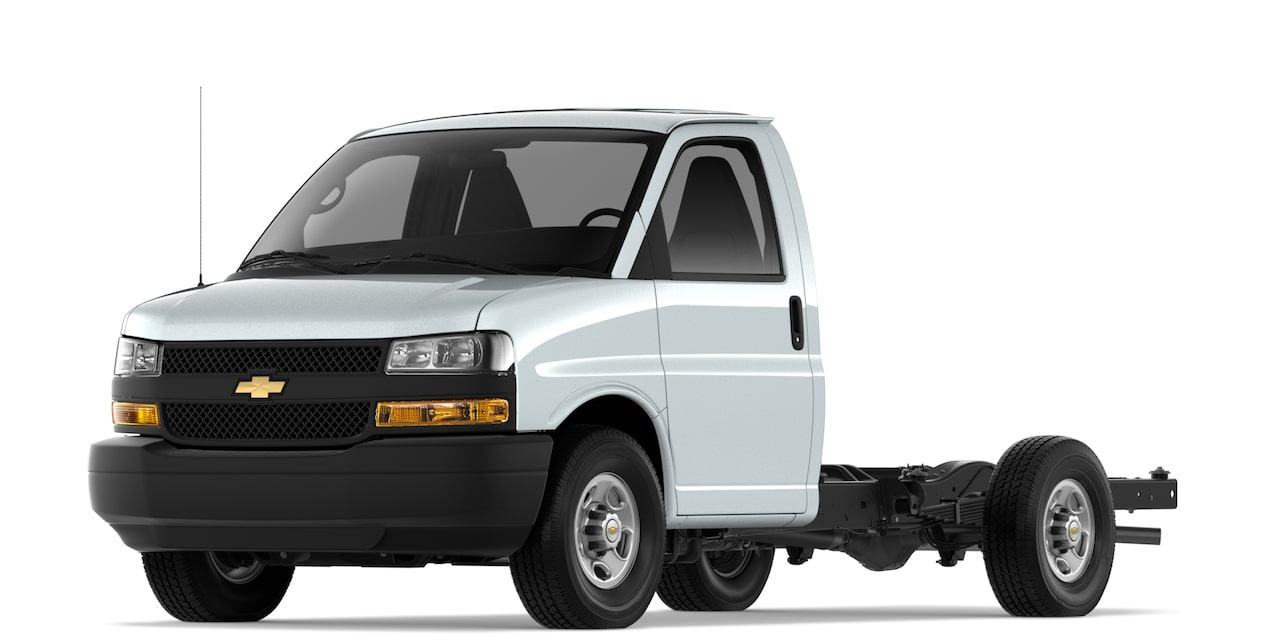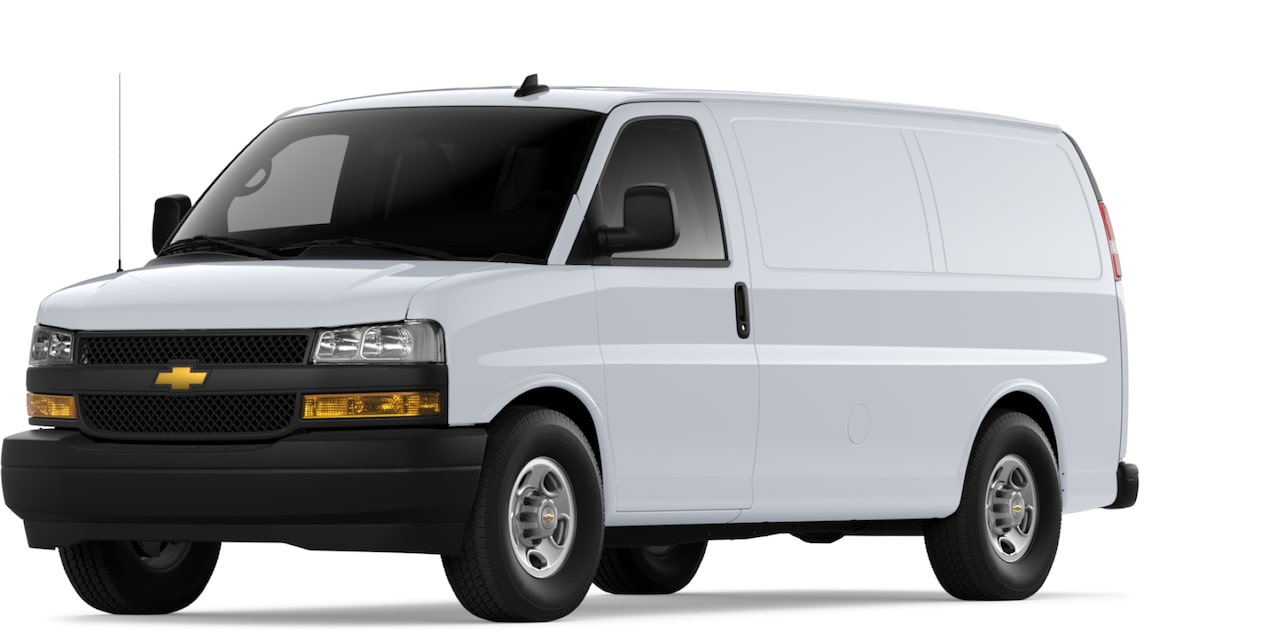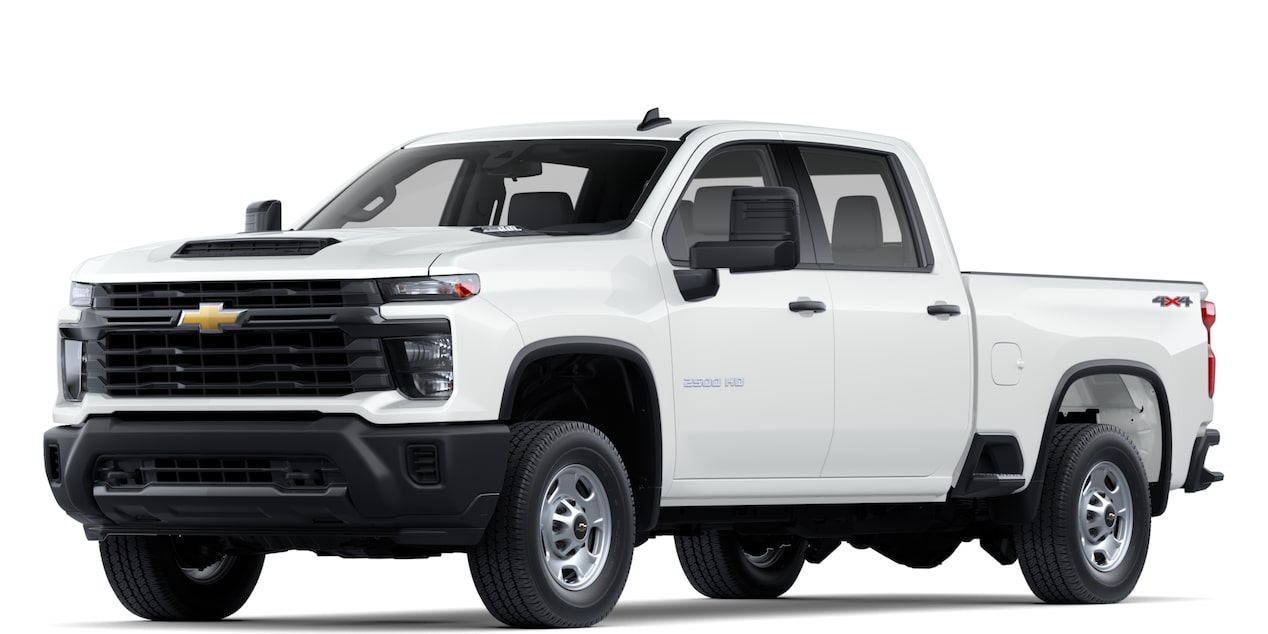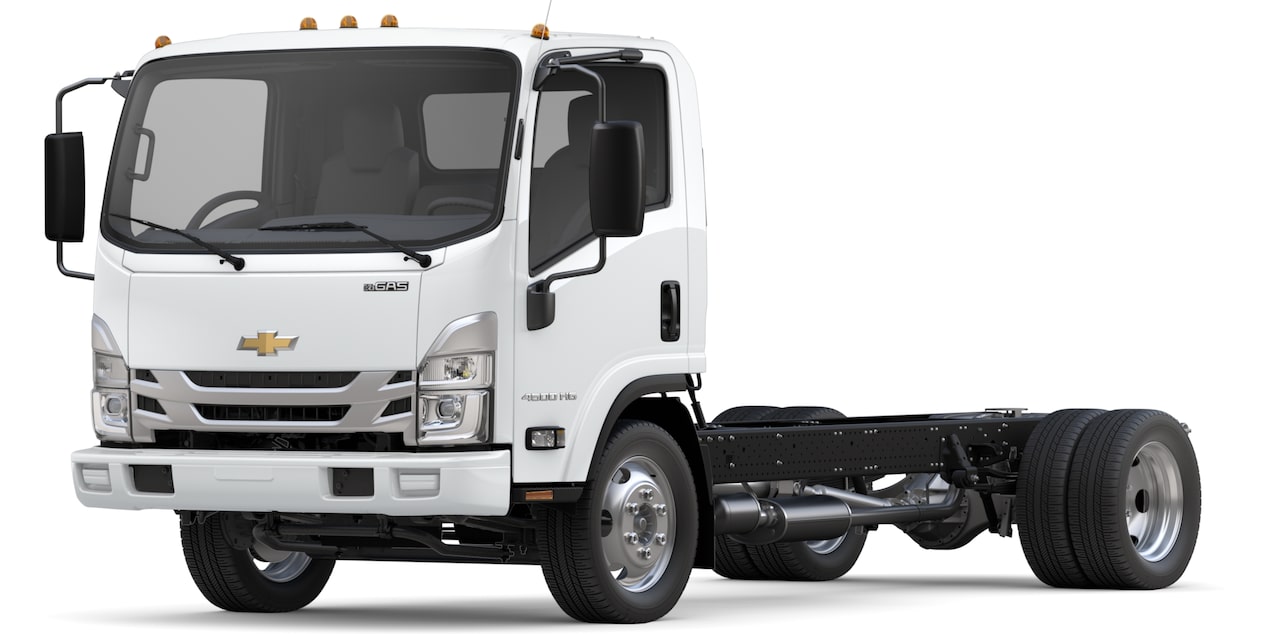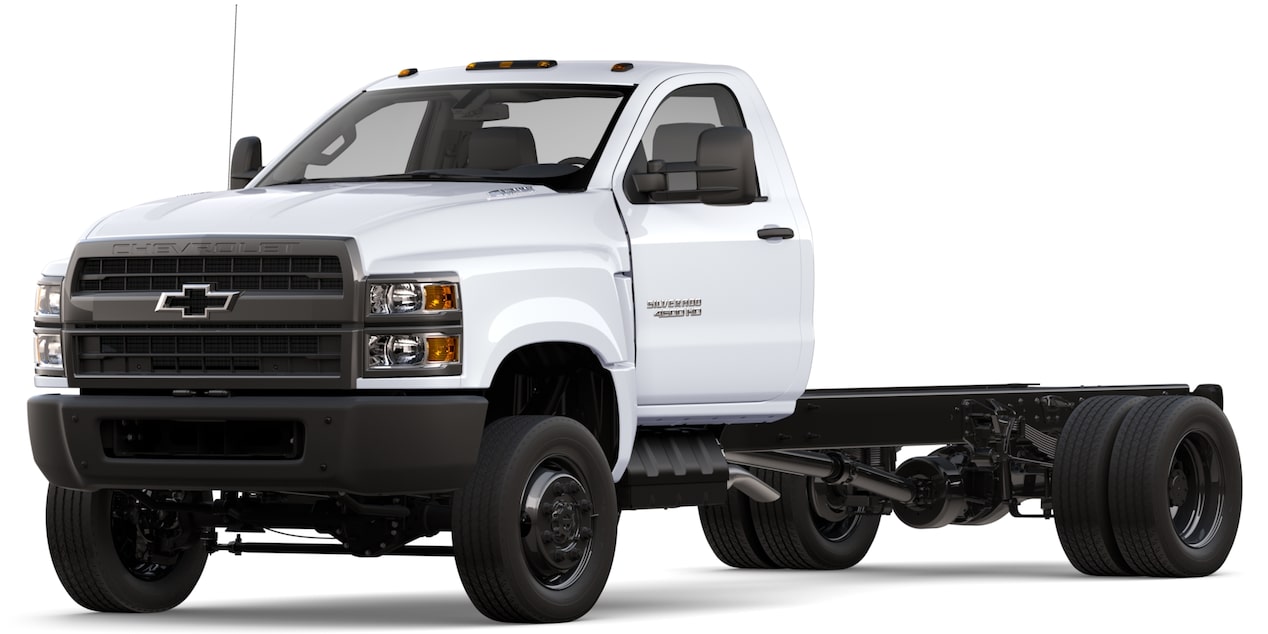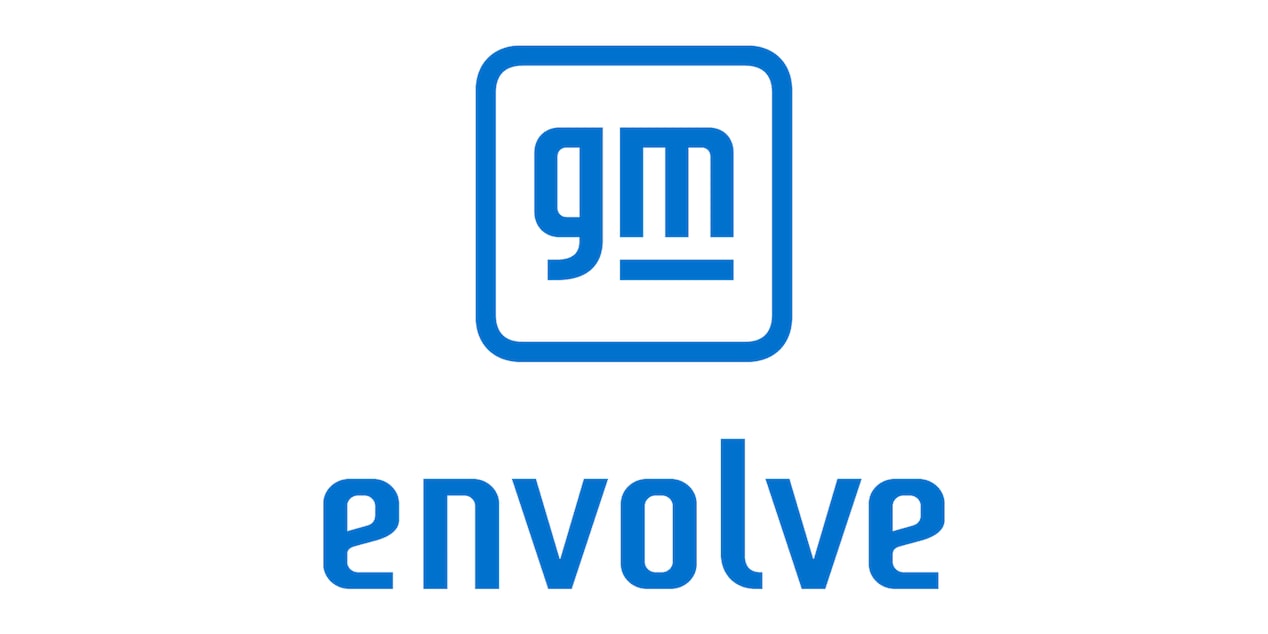How to use EV energy transfer Features
Energy transfer features allow your vehicle to power a variety of tools, electronic devices, EVs or your home.
Energy transfer through bed outlets, a GM-approved accessory or V2H Bundle allows you to supply power to some devices or appliances (via outlets or the vehicle’s charge port), your properly equipped home or another
- Energy transfer outlets: Connect to the vehicle’s Energy Transfer outlets to power a variety of tools and electronic devices or appliances.
- Vehicle to Home (V2H): Connect your vehicle to your residence’s GM Energy Home system to provide backup power to your home like a generator.
- Vehicle to Load (V2L): Connect a compatible accessory to your vehicle’s charge port to power a device.
- Vehicle to Vehicle (V2V): If equipped, connect a compatible accessory to your vehicle’s charge port to charge another compatible EV.
You can use the center display’s Controls app or PowerBase app to manage the transfer of energy. The in-vehicle Status app allows you to monitor the vehicle’s battery status. The battery status can also be monitored through your vehicle’s mobile
In the case of energy transfer outlets, power is flowing to these outlets whenever the vehicle is running, whether parked or moving. However, the PowerBase app allows you to maintain the transfer of energy to the vehicle’s energy transfer outlets while the vehicle is powered off.
Energy Transfer Using Outlets
Energy transfer outlets, also known as PowerBase, consist of seven electrical outlets (six 120V outlets and one 240V outlet) located in the truck bed, eTrunk™ and vehicle cabin. If equipped, you will see a green LED light up near the outlet to indicate power flow is active. The truck bed, eTrunk™ and cabin outlets each have their own LED. LEDs in the unused outlet locations on the truck may light up when you’re using an outlet to show you that power is being supplied.
Using energy transfer outlets when your vehicle is off
- With your vehicle on and parked, open Controls and Safety in the center display and select the PowerBase app. From here, you can adjust the Timer and Battery Reserve:
- Timer: You can set a Timer so the outlets (or charge port if using V2L energy transfer) automatically turn off after a set number of hours.
Note: Your vehicle will turn off the outlets if it reaches the default Battery Reserve limit before your time limit is reached.
- Battery Reserve: You can set a Battery Reserve so the outlets (or charge port if using V2L, V2V or V2H energy transfer) automatically turn off when the vehicle’s battery hits a certain percentage of state of charge.
Note: If you don’t set a limit, the default Battery Reserve limit is 20%.
- Timer: You can set a Timer so the outlets (or charge port if using V2L energy transfer) automatically turn off after a set number of hours.
Make sure you are someplace where the vehicle can be charged if you set a low state of charge limit. You may see a notification letting you know vehicle performance may be affected when you do this.
- Then, toggle PowerBase to On to keep power flowing to the outlets while your vehicle is off.
- The PowerBase app shows how much power the outlets are drawing from your vehicle’s battery in real time.
- The PowerBase app shows how much power the outlets are drawing from your vehicle’s battery in real time.
How to reset energy transfer circuits
Powering a load that isn’t compatible with the PowerBase’s energy output can cause a fault, resulting in loss of power. You’ll need to reset the affected circuits to resume power to their outlets. If power unexpectedly stops flowing to any of the vehicle’s outlets:
- Remove all devices from the outlets and ensure the outlet covers are closed.
- Press the Reset button on the bed outlet module to clear the fault and resume power to the outlet.
NOTE: It is recommended that you close all outlet covers to reset the circuit.
Using Bi-Directional Energy Transfer
Your EV can be a source of backup power for your properly equipped home during a blackout with the help of vehicle-to-home charging
You can power devices by plugging a GM-approved V2L accessory into your vehicle’s charge port, or you can charge another electric vehicle with one end of the GM V2V accessory connected to your vehicle’s charge port and one to another compatible vehicle.
For more information on purchasing GM Energy home systems, or PowerShift bi-directional charging cable or adapter, visit https://gmenergy.gm.com/.
Safety considerations when using energy transfer outlets
- Do not use the system in wet or rainy conditions.
- Do not use electrical devices when:
- They are not working properly or have faulty connections.
- They are loose-fitting (especially when the vehicle is moving).
- Always disconnect devices when they are no longer in use.
- Do not connect your on-vehicle or accessory outlets to your home. Connecting to your home can result in damage to your home and/or vehicle. The GM-provided V2H system is the recommended method to safely connect to your home.
USAGE TIPS
- Set the feature Timer with V2L transfer for short events such as DIY projects, BBQs or camping.
- Use the Battery Reserve setting for longer events or events with unknown end times such as power outages.
For your security, please don’t include personal info such as phone number, address or credit card details.
Q&As
Looking for something else?
Need more help?
Communicate with one of our specialists.
To find out if your vehicle has this feature, contact your dealer or refer to your vehicle’s equipment list. Please check your Owner’s Manual for more information about features.


